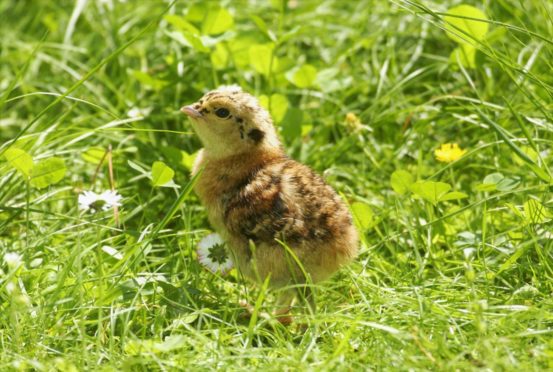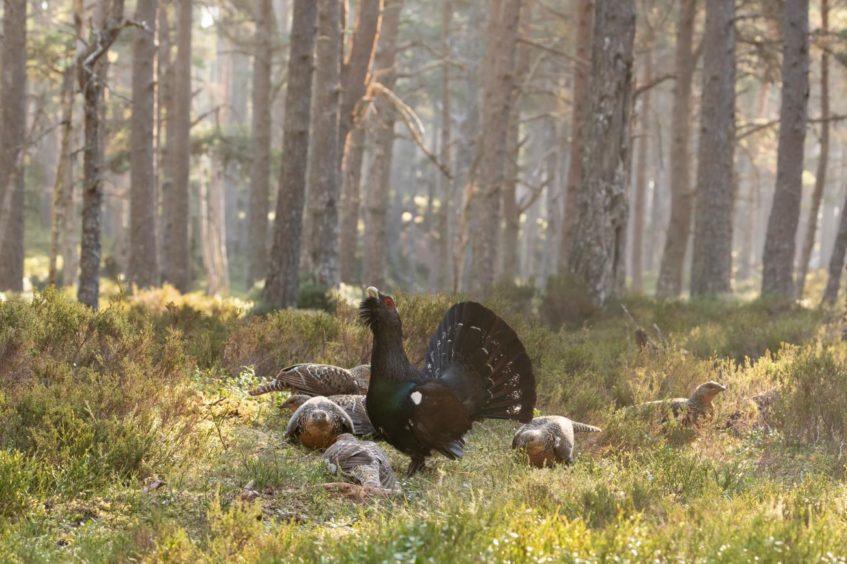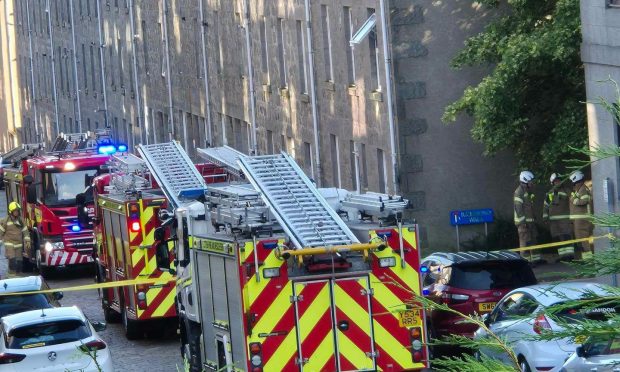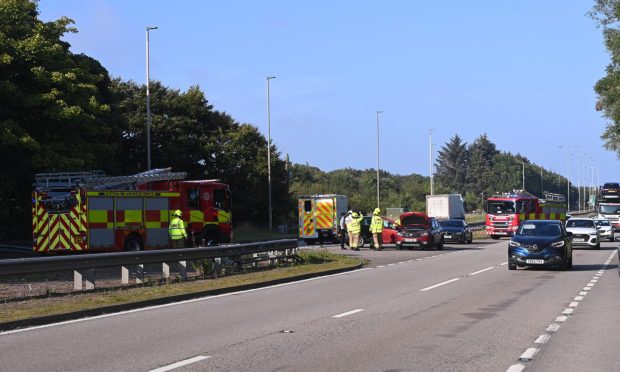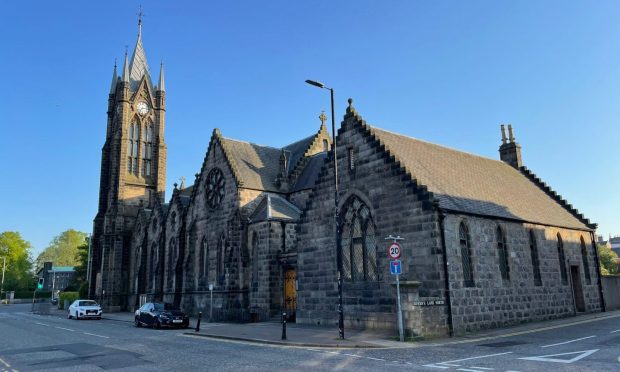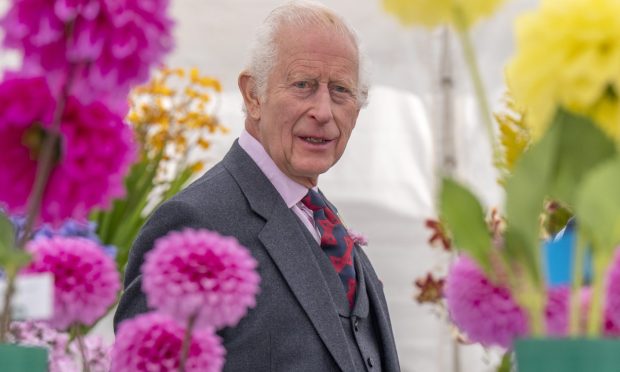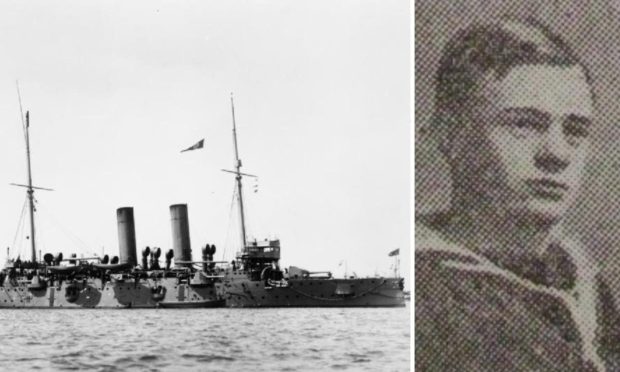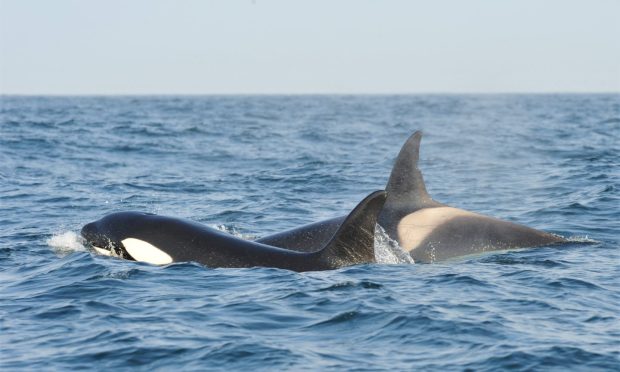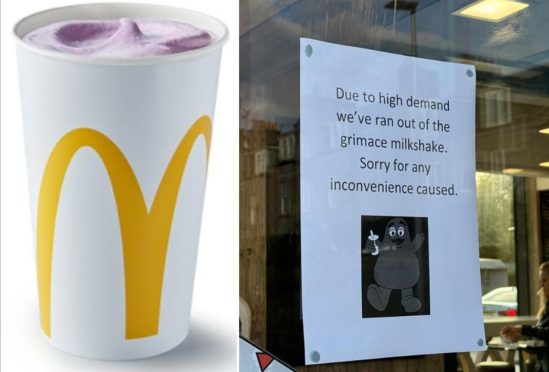Dog-walkers are being asked to take care around the Cairngorms this spring to allow capercaillie to thrive.
The capercaillie, a large woodland grouse, is an endangered species in Scotland, where the population has faced challenges brought about by habitat loss, birds flying into fences, and chick mortality.
The RSPB estimates there are around just 1,100 of the birds left in the country, and about 80% of Scotland’s remaining population live in the pinewoods of the Cairngorms National Park.
As more people explore the great outdoors as lockdown restrictions ease, Carolyn Robertson, project manager of the Cairngorms Capercaillie Project, has urged visitors to be very careful where they tread to avoid disturbing the ground-nesting birds and their chicks.
She said: “As locals we’ve been taking advantage of the amazing trails on our doorstep, and we’re looking forward to visitors returning to enjoy the national park once restrictions ease.
“But this time of year is especially critical for the survival of ground nesting birds like capercaillie and we all have a part to play in keeping them safe.”
Every spring, capercaillie gather in specific areas of pinewood to mate, with males performing an elaborate courtship display called a lek, where they strut about with heads high and tails fanned, making “strangely un-birdlike wheezing and popping and clattering noises”.
If left alone the same site can be used for generations but if disturbed, for instance by people with dogs who have run off the path, birds might not breed at that location for the year, creating a “potentially huge impact” on struggling population numbers.
Ms Robertson added: “When capercaillie chicks are really young they can’t survive without their mothers and they may not regroup as a family after being scattered.
“But there are steps we can all take to ensure that we don’t flush and scare them, which will hopefully help the next generation of birds survive the season.”
Adam Streeter Smith, access officer with the Cairngorms National Park Authority said: “In pine woodlands, between April and mid-August, please keep your dog on a lead when requested by signage.
“It’s extremely important that we follow the Scottish Outdoor Access Code so we know we’re always helping to protect the environment and wildlife we love.”
Duncan Macdonald, community ranger with the Cairngorms Capercaillie Project added: “The Cairngorms National Park boasts a wealth of beautiful trails, and one way we can help capercaillie is by sticking to paths when in forest areas.
“If we stray off into deep pinewood, it’s possible we will have unknowingly crossed a capercaillie lek site or a nesting area.
“It’s not worth the risk.”
Taking steps to watch where you walk can also protect other ground-nesting birds like curlew, dotterel and oystercatchers.
